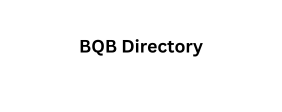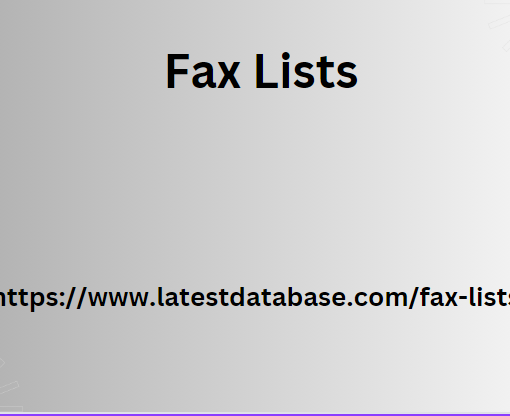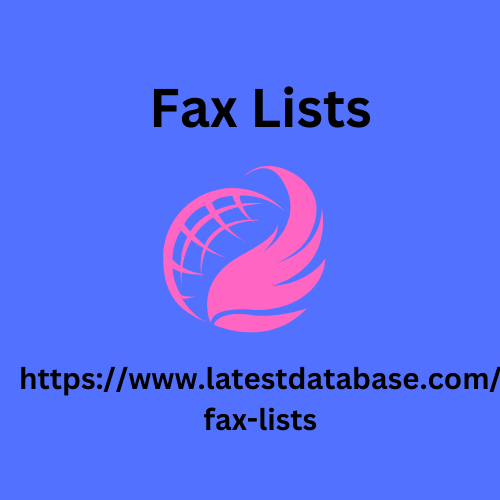Social media advertising is the new frontier of marketing today. You may have heard it in a video on Facebook, on TV, in a conversation between friends, while waiting at the dentist.
But you never fully understood what it was all about, because when they started talking about CTR, ROI, audience and targeting they didn’t bother to explain to you what these words meant.
Don’t worry, we’re here! Today we’ll explain what it is and why social media campaigns are today a means – perhaps one of the most important – to acquire new customers and to help you in sales.
Social media advertising: low-cost, always-available personalized advertising
As we saw in the social media and the web in general have gone from being a tool for contact between individuals to (also) a marketing tool for companies. It happened with Facebook, then with Instagram, now also with Whatsapp, Telegram and other messaging services.
The essence is always the same: the user finds content about a company in his feed, which he may or may not like, which he may or may not study in depth: but, in any case, the company will have been “present” at that moment.
The substantial difference between organic social media and social media advertising essentially lies in the fact that, with the latter, the company aims in some way to expand its fan base. The objectives can be different: to have an article on your blog read, to buy a product, to make people know about a new service or simply awareness , that is, awareness of the existence of the company.
Organic social media is in some way targeting a user who is already familiar with the business; social media campaigns are targeting a new audience.
So, how does advertising work in the world of social media?
Step 1: The Strategy
The first thing to do, as with any other campaign, is to define a strategy. In concrete terms, it is about understanding what the objective of the campaign is, the type of content to offer and the audience to which the message is addressed.
These are interdependent factors, so a strategy as a whole must evaluate all these factors to arrive at defining the guideline that will then be concretely applied.
As an entrepreneur, you should already know what you want to achieve, and probably who your audience is. What you’re missing is the right message.
Step 2: Content definition
This step occurs chronologically after defining the audience for Facebook social media campaigns, but must be defined beforehand.
Only by keeping in mind the copy, the visual and all the other elements is it possible to select the audience. Of course, the reverse process can also work: if you know you have to reach women between 18 and 30, for example, you will develop content that winks at that segment of the market.
Unfortunately, we cannot give you specific indications regarding the content, precisely because this depends on your business, the audience you want to reach and also on the budget available. However, we can say with certainty that the content must propose a perfect synthesis of your brand, especially if it is aimed at a user who does not know you: who you are, what you do, why your product or service is better than that of others and what are the advantages. Simple, right?
Finally, you can also choose the format through which the advert can be proposed: as a news item in the feed, as a side banner, as a story, within the marketplace or even in the inbox!
Latest Mailing Database provides fax lists that help boost your fax marketing efforts. Our fax marketing lists contain verifi business fax numbers from Global City, Texas, and the Western region. Use our reliable lists to send your promotional messages directly to decision-makers and improve the success of your marketing campaigns.
Step 3: Targeting
Once you have decid on the message, you will have to define the recipient. This is the advantage of social mia advertising! If with organic posts your audience can be compos of women, men, young people, older people, professionals and students, with a campaign you can select only the characteristics of the audience that interest you.
Let’s say you ne to advertise a job, for example, looking for a mechanic. Who might be interest in this ad?
When you are defining the audience of your ad on you can enter different criteria. In the case of the mechanic, we could select:
- The male audience, who will probably be more interest;
- An age group between 18 and 30, those most likely to be looking for work;
- A geographic radius of 20, 30 or 40 km from the workplace (also depending on the population density of the area);
- You can also expand your already select audience by adding interests: motors, car brands, DIY, as well as recruitment companies and so on.
Once you have select all the options, what you will find in front of you will be an identikit of your ideal audience. This is actually call a custom audience.
And here the true potential of social mia advertising is reveal: by directing the right message to an audience that is already interest, the results can only be satisfactory.
Step 4: The budget
At this point you may be understand data warehouse model design wondering: all very well, but how much does it cost? The budget of the ads is a thorny subject, because there is no right amount to invest.
Generally speaking, as with all types of advertising, the rule is “the more you spend, the more you earn”.
But this is true up to a certain point. If the select audience is very small, for example, by making too much budget available you risk bhb directory showing the same message multiple times. In this way you waste resources and also risk counterproductive effects. It is therefore a game of balance, or rather of strategy, to return to step 1.
In practice, however, it is possible to choose a total or daily budget, in order to verify the results obtain and, if necessary, adjust the aim. And this brings us to the last step, that of the results.
Step 5: The Report
A self-respecting communications agency does not wait for the client’s request: once the campaign is over, it provides a report that allows you to evaluate the performance.
This invaluable tool is offer by the social networks themselves, which allow you to monitor the results even after the campaign has end.
And here we come to the very famous acronyms! In fact, when you open the campaign, you will find yourself in front of a series of numbers, which represent the results achiev.
On that screen you can see the absolute results, such as the overall coverage of the post, the number of interactions and clicks on the link. But also the cost per contact, which is a very important parameter to evaluate the effectiveness of a social mia campaign.
The lower the cost per single contact, the better the campaign has produc, or could have produc, good results.
Through the report you can also calculate the CTR and ROI.
The CTR, or “click-through rate” is the rate of clicks express as a percentage: if an ad is seen 10 times and receives 5 clicks, the CTR will be 50%. The ROI, on the other hand, is a parameter that is us to evaluate the effectiveness of a campaign in terms of return on investment: it is in fact given by the ratio between the profit deriv and the capital invest.
The advantages
You’ve probably already figur it out, but the benefits of using social mia advertising are precisely these:
- Very high user profiling
- Detaid reporting
- Variety of goals to achieve
- Relatively low cost in relation to the ad display.
Now we wonder what you’re still doing here: run to advertise your brand on social media!






